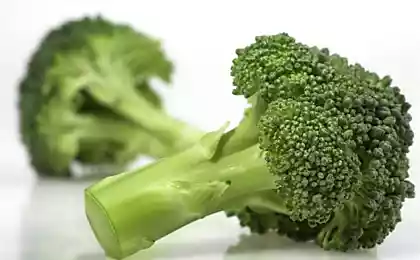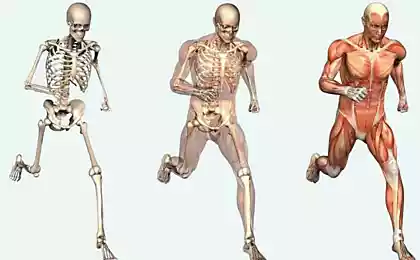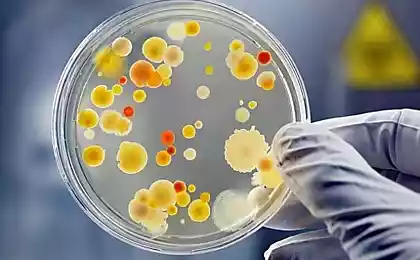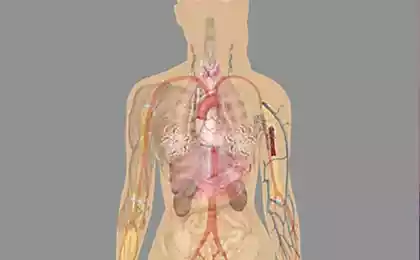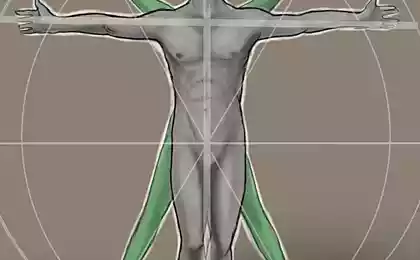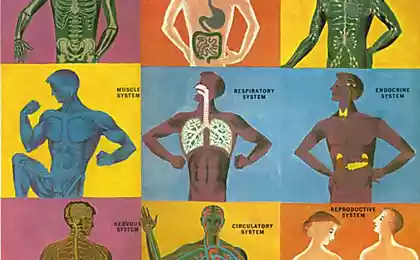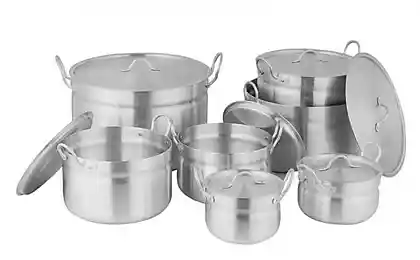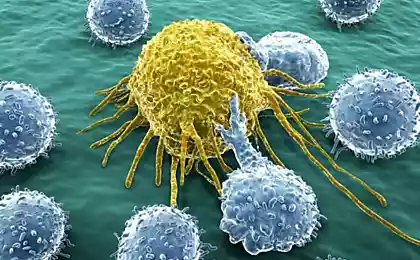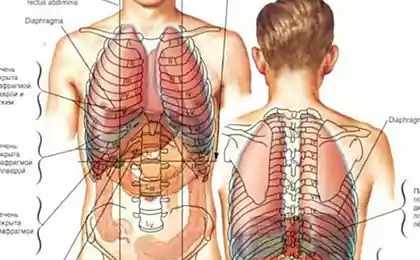188
Toxins in the human body: how to accumulate and how to excrete

Many people nowadays have heard about toxins, slagging of the body and other phenomena of modern civilization. Do you really know what toxins are? Where do they come from? How do toxins accumulate in the body and how are they removed from it? Can we fight toxins if most modern products are stuffed with dyes, preservatives, flavors? Can we protect our bodies if broiler chickens used to be raised in 5 months, and now learned to do it in 30 days? Unfortunately, in our time, most people care more about their car or their favorite computer, and when the time comes for payment, they lose both, and in addition lose health, which is already, as you know, no one can buy.
What are toxins?Toxins are simply poison that comes from outside or is formed inside the body. When ingested, toxins cause the formation of antibodies. There are two groups of toxins exotoxins and endotoxins:
Exotoxins enter the body from the external environment with air, food, water.
Endotoxins are formed inside the body during its life. Especially many of them become when the body is struggling with any disease.
Toxins have always existed in nature, but for many millennia of life on earth, living beings have adapted to such conditions and developed a mechanism for neutralizing toxins. But a new era of human development has begun, and there are now more than 4,000 new substances called xenobiotics. These substances simply did not exist before, they were created by man.
How do toxins accumulate in the body and how are they removed from it?In 1955, the German doctor Rekeweg G.G. identified 6 stages of slagging of the body. The first three stages have a reversible process, i.e. if toxins cease to enter the body, then it is able to itself or with the help of special detoxification measures to get rid of toxins. The next three stages are characterized by the process of accumulation of toxins, which leads to the destruction of cells, the formation of cancer.
1. Excretion stage. The balance in the body is not disturbed, the physiological process is normal. Excretion of toxins comes with sweat, urine, etc.
2. Stage of response to the accumulation of toxins. There is an increase in the allocation of toxins, possible heat, sweating, temperature, runny nose, cough, aches in the bones and muscles, increased urination, weakness, fatigue, irritability, local inflammation (hyperemia), sealing (inhaltrate), autopsy. In different people, the release of toxins can occur in different ways, it depends on the characteristics of the human body, heredity, habitat, etc.
3. The redistribution stage. Formation of lipomas, fibroids, polyps, papillomas, swelling of the lymph nodes, obesity of the 1st degree or vice versa weight loss, deposition of kidney stones and gallbladder.
4. Slag saturation stage. Imaginary balance. There are few objective symptoms. Vegetative-vascular dystonia, headaches, migraines, chronic fatigue syndrome, neurosis, osteochondrosis, metabolic disorders, increased nervousness.
5. Stage of destruction. Gradually, against the background of increasing chronic intoxication, secondary disorders occur, changes in blood tests appear, atrophic and dystrophic processes, the manifestation of cirrhosis, etc. This is the beginning of the end – the transition from curable to incurable diseases. At this stage, the cells still obey uniform laws.
6. The malignancy. The effect of toxins on the body is ubiquitous, as a result of the development of cancer, while cells begin to live and die according to their laws.
We can’t get away from toxins, but we can make sure that as few of them as possible get into our body. published
P.S. And remember, just changing our consumption – together we change the world!
Source: vk.com/probujdeniechelovechnost



